Buckster
In memoriam
- Joined
- Sep 14, 2009
- Messages
- 6,399
- Reaction score
- 2,341
- Location
- Way up North in Michigan
- Can others edit my Photos
- Photos NOT OK to edit
Just thought I'd post this to help out some of the new folks on the difference between Barrel Distortion and Keystoning.
Here's a "normal" photo, shot relatively straight on, or, parallel with the subject:
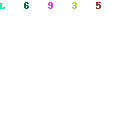
I chose this photo because the grid will help us understand the differences in types of distortion.
Now here's the same photo with an exaggerated barrel distortion:

Note how everything bulges out from the center of the photo in all directions, equally, curving all the straight lines and squares of the grid in predictable ways. Note also that all 4 sides, all edges, appear to be squeezed together as a result. This is normally caused by the optics of the lens itself, and shows more prominently in wide angle lenses, especially when they're so wide, they're called "fisheye" lenses, because of this very obvious effect. This effect can be mitigated and corrected in post production.
The opposite of barrel distortion is called pincushion, and it looks like this:

Like barrel distortion, it's usually caused by the optics of the lens, and can be corrected in post processing.
Next, we'll look at a photo with an exaggerated keystone effect:
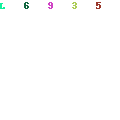
Note how the top appears squeezed together in comparison with the bottom, as a trapezoid. This can happen on any edge, or even two edges. Various things can cause this effect, such as perspective, as in the way the top of a tall building appears smaller to us than the bottom of it when we're standing near it.
It can also be caused by the way we frame, or compose, a scene, especially with wider lenses. When we have the camera and lens level with the scene we're shooting, that is to say, when we are directly parallel with the scene we're shooting, we tend to get very little keystoning. On the other hand, when we tilt the camera up, placing the horizon at the bottom of the composition, we tend to get a lot of keystoning that squeezes the top together as in the example above. If we tilt downward and place the horizon at the top of the composition, we get the opposite effect, where the bottom is squeezed.
As with barrel distortion, it can be corrected in post processing.
Here's a "normal" photo, shot relatively straight on, or, parallel with the subject:

I chose this photo because the grid will help us understand the differences in types of distortion.
Now here's the same photo with an exaggerated barrel distortion:

Note how everything bulges out from the center of the photo in all directions, equally, curving all the straight lines and squares of the grid in predictable ways. Note also that all 4 sides, all edges, appear to be squeezed together as a result. This is normally caused by the optics of the lens itself, and shows more prominently in wide angle lenses, especially when they're so wide, they're called "fisheye" lenses, because of this very obvious effect. This effect can be mitigated and corrected in post production.
The opposite of barrel distortion is called pincushion, and it looks like this:

Like barrel distortion, it's usually caused by the optics of the lens, and can be corrected in post processing.
Next, we'll look at a photo with an exaggerated keystone effect:

Note how the top appears squeezed together in comparison with the bottom, as a trapezoid. This can happen on any edge, or even two edges. Various things can cause this effect, such as perspective, as in the way the top of a tall building appears smaller to us than the bottom of it when we're standing near it.
It can also be caused by the way we frame, or compose, a scene, especially with wider lenses. When we have the camera and lens level with the scene we're shooting, that is to say, when we are directly parallel with the scene we're shooting, we tend to get very little keystoning. On the other hand, when we tilt the camera up, placing the horizon at the bottom of the composition, we tend to get a lot of keystoning that squeezes the top together as in the example above. If we tilt downward and place the horizon at the top of the composition, we get the opposite effect, where the bottom is squeezed.
As with barrel distortion, it can be corrected in post processing.
Last edited:


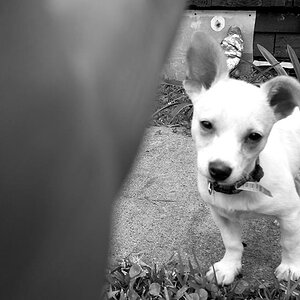
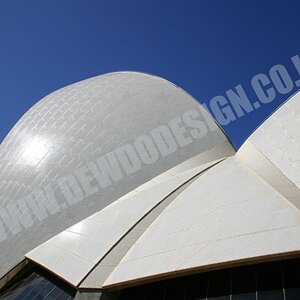
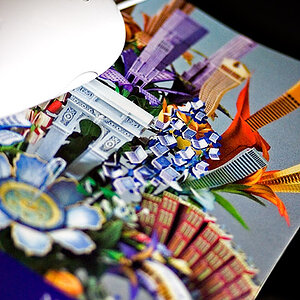
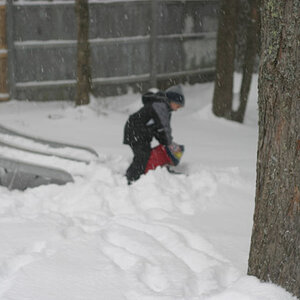
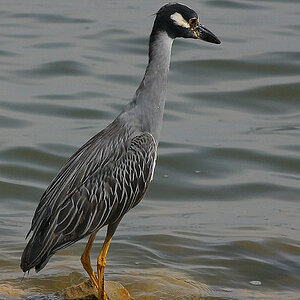
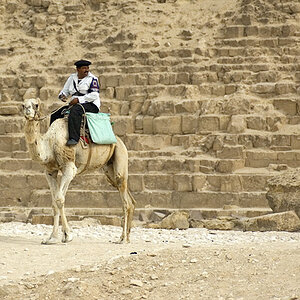
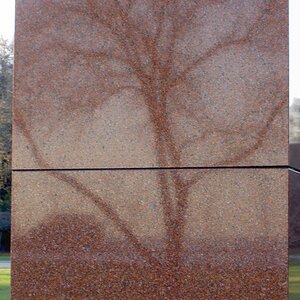
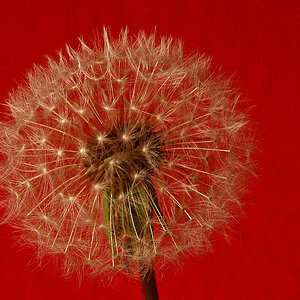
![[No title]](/data/xfmg/thumbnail/42/42056-76026251cb5ebb85b4a4d281d36121d8.jpg?1619739992)
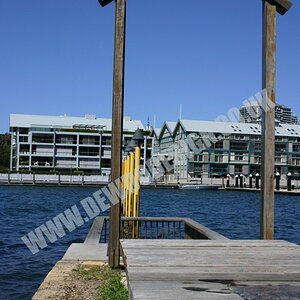
![[No title]](/data/xfmg/thumbnail/39/39271-04ff6ce1fbcda2b0d41ad7ee08cff91a.jpg?1619738950)